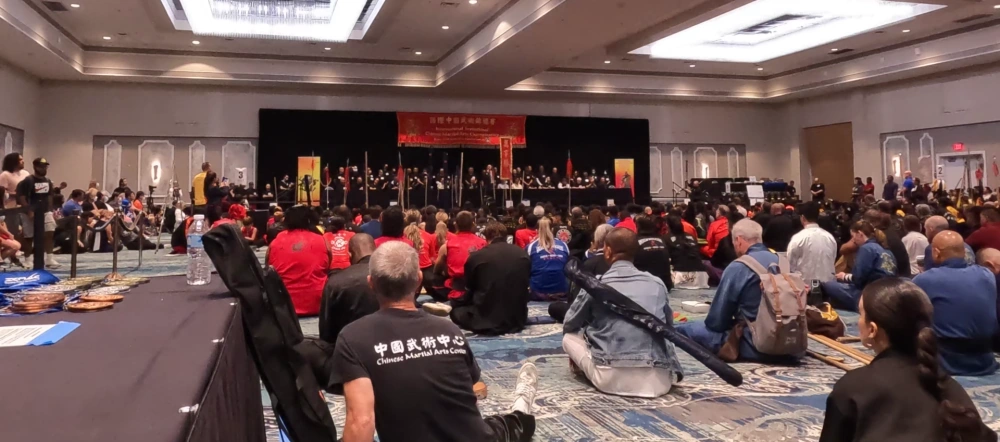Selected tips, lessons and advice from our free student email newsletter…
Tai Chi and the Myth of Relaxation
How to Prepare For Your First Tai Chi Class
The Myth of Lineage Inheritance
How Xu Xiaodong Made a New Tai Chi Champion
Exposing America’s Favorite Tai Chi Champion
Ignite Your Tai Chi in Freezing Cold Weather
How to Squat like the Old Masters
Remembering Taiji in the Time of Coŗonavirus
Turning on a Dime
Our style of Tai Chi demands a few turns and spins on a weighted foot. “Single Whip” and “Turn Body, Lotus Kick” are two examples of this requirement. When performing these movements, our goal is to shrink the ground contact point (heel or ball of foot) to the smallest possible area. Preferably no larger than a dime.
Proper technique is essential. Proper footwear is important too. And on top of that, we need to choose our practice ground carefully.
The traditional Yang style Tai Chi form is optimized for a flat, hard, level, low-friction surface. Rough, sloped, or soft ground can easily stop your foot turning too early during a pivot. And if your trunk keeps turning while your foot is planted, your knee will suffer the punishment.
Always protect your knees. For home practice, I suggest you avoid grass, sand, or thick carpet. Consider your driveway, parking garage, or a nearby tennis court instead.
Tai Chi Footwear
You may have noticed that I wear black cotton slippers during class. There are two main reasons I prefer these over standard athletic footwear.
Firstly, the slippers are flat. Athletic shoes often feature extra padding in the heel, which keeps you standing on a slight forward incline. This forced lean is not ideal for Tai Chi practice, in my opinion.
Secondly, these cotton outsoles have very little grip on the floor. This makes pivoting on the ball or heel easier, and reduces the chances of any accidental twisting at the knee joint. There are other benefits too.
You can find them for as little as $14 on Amazon, if you search for “cotton kung fu slippers”. Other popular Tai Chi footwear choices include skateboarding shoes, indoor soccer shoes, or just thick socks.
Tai Chi and Lower Back Pain
Tai Chi is good for health. Repeating the Tai Chi form every day, or as much of it as you can remember, will gradually build your strength, balance and flexibility, among other benefits. With that said, if you are currently suffering from a specific physical health complaint, I believe the best approach is to deal with that issue directly.
Tai Chi practice can mitigate lower back pain issues over weeks and months. But with appropriate supplemental exercises, you can often find relief and improvement within days, or even minutes!
Youtube is a great reference for physical therapy and general training tips. Here is a simple, ten-minute lower back flexibility routine that I have personally used and enjoy.
Want more?
Sign up to receive monthly Tai Chi tips and lessons by email.
